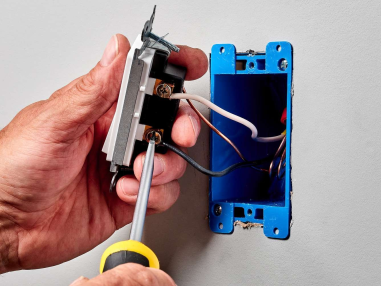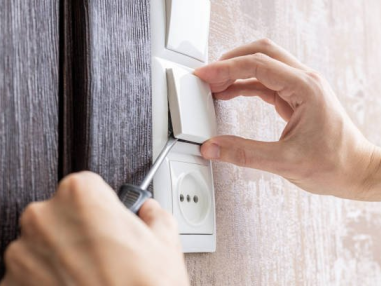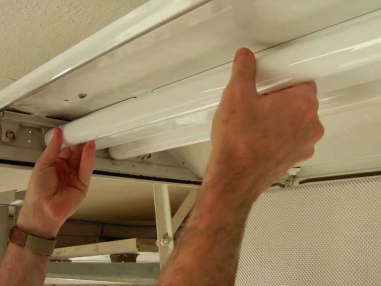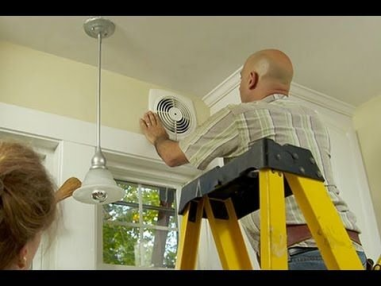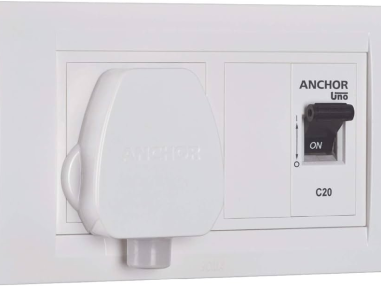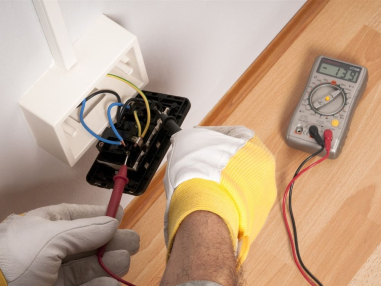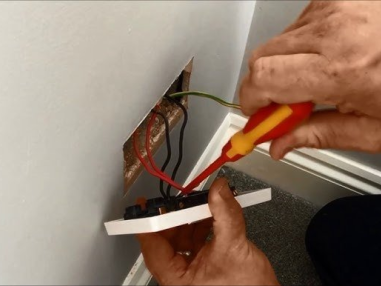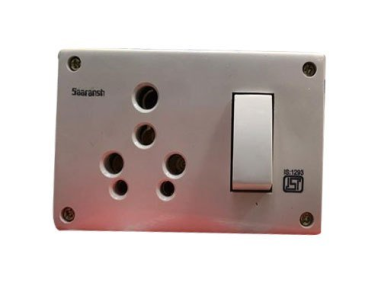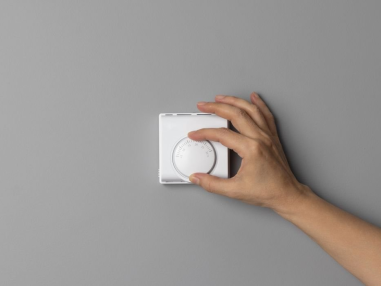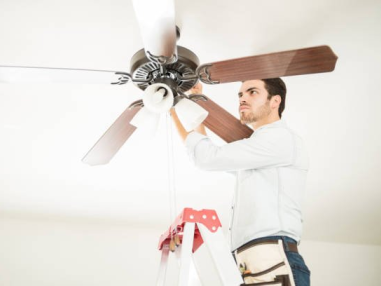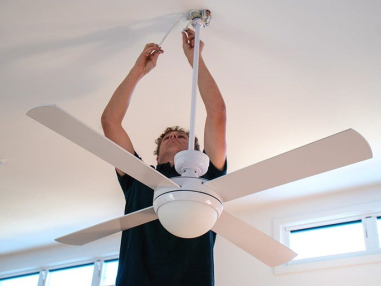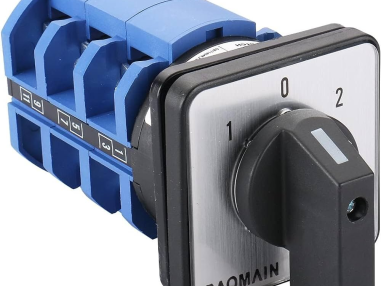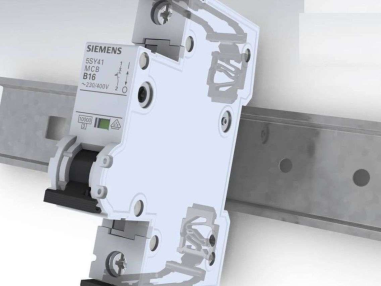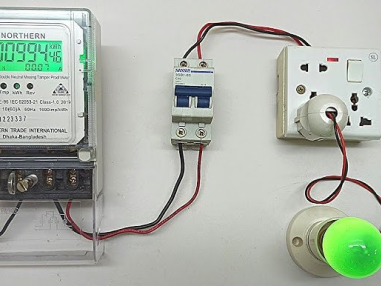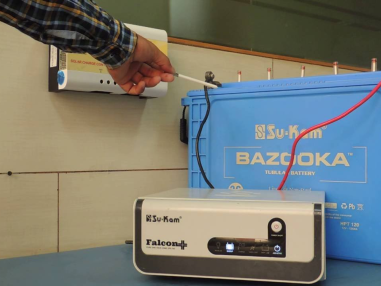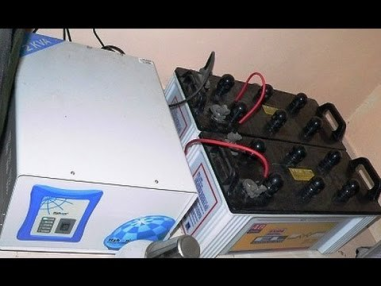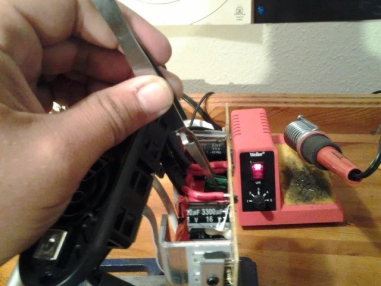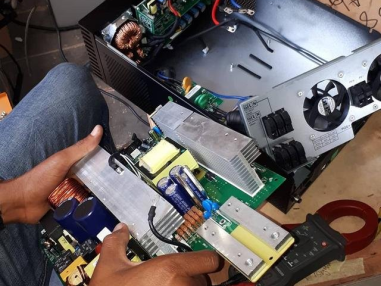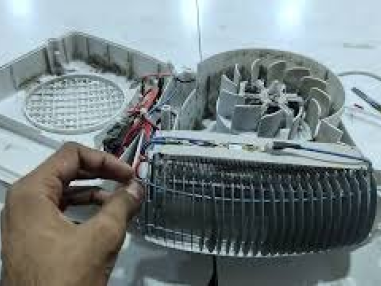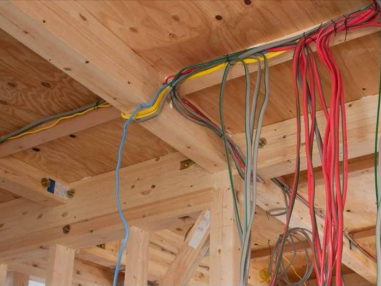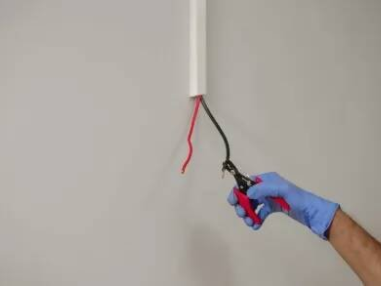
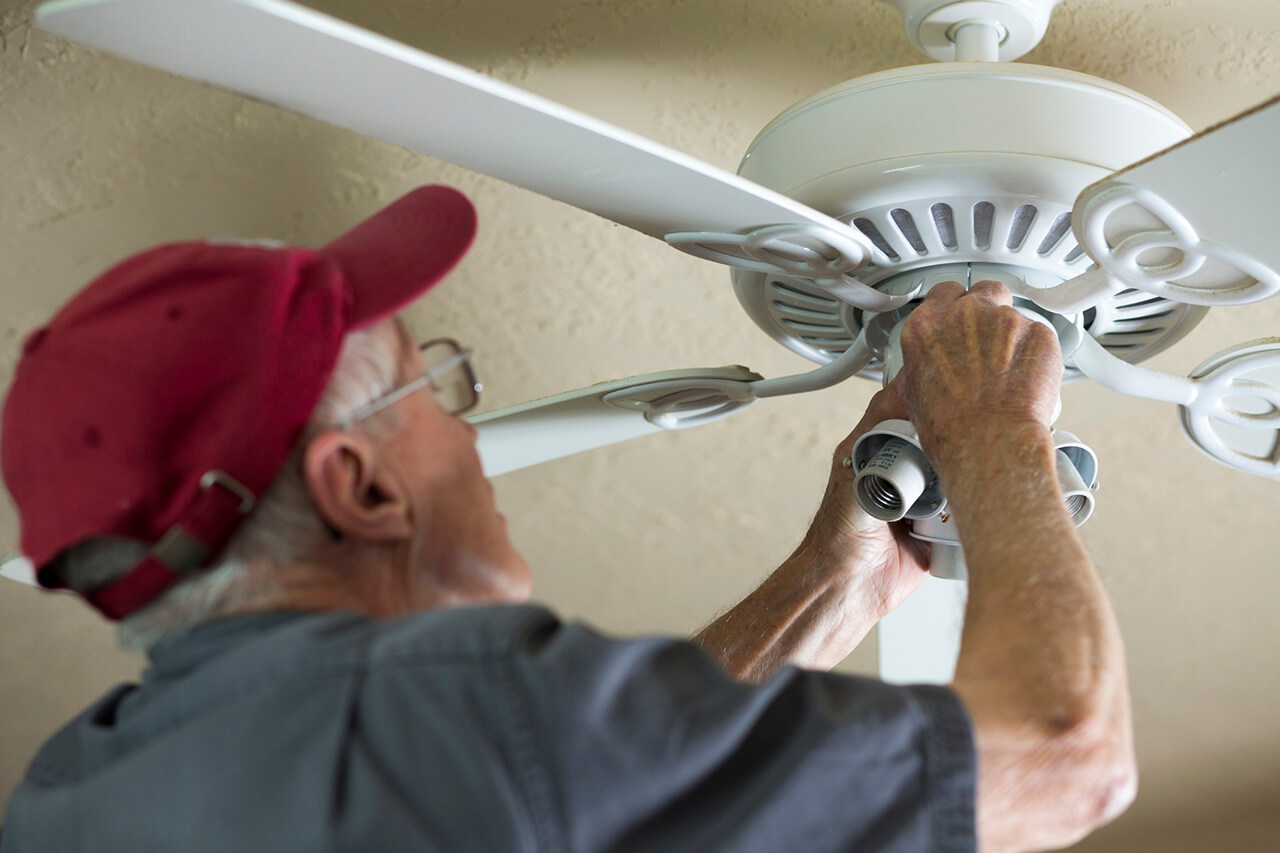
Replacing a fan depending on the type of fan and your comfort level with electrical work. Here's a breakdown to help you decide:
Type of Fan:
Ceiling Fan: Replacing a ceiling fan can be moderate to complex depending on the weight of the fan and any electrical work involved.
(Possible, with caution): Suitable for individuals comfortable with basic electrical tasks, handling the weight of the fan, and following clear instructions.
Professional Installation Recommended: Especially for heavier fans, complex wiring, or if unsure about any steps.
Table Fan or Exhaust Fan: Replacing these is generally easier and suitable for DIY projects.
General Steps (Always refer to the manual for specific details):
Turn off the Power: This applies to all fan types. For ceiling fans, turn off the power at the breaker box. For other fans, unplug them from the outlet.
Remove the Old Fan:
Ceiling Fan: Carefully detach the blades, remove the motor housing from the mounting bracket, and disconnect the electrical wires (matching colors for reconnection).
Table Fan or Exhaust Fan: Unscrew the mounting screws (if applicable) and detach the fan from the wall or ceiling.
Prepare for the New Fan:
Ceiling Fan: Ensure the new fan is compatible with the existing mounting bracket (or install a new bracket if needed).
Table Fan or Exhaust Fan: Check if any pre-drilling is required for the new fan's mounting.
Install the New Fan:
Ceiling Fan: Following the manual's instructions, connect the wires (matching colors), secure the motor housing to the bracket, attach the blades, and balance the blades (optional but recommended).
Table Fan or Exhaust Fan: Secure the fan to the wall or ceiling using the appropriate screws or mounting hardware.
Turn on the Power:
Ceiling Fan: Turn the power back on at the breaker box and test the fan.
Table Fan or Exhaust Fan: Plug the fan back into the outlet and test it.
Safety Reminders:
Always prioritize safety. If you're unsure about any steps, especially electrical work, consult a qualified electrician.
Match wire colors when reconnecting. Incorrect wiring can lead to malfunctions or even fire hazards.
Ensure proper grounding (ceiling fans). Grounding is crucial for safety and should be done according to electrical codes.
Additional Tips:
Gather the necessary tools: Screwdrivers, wire strippers (optional), pliers (optional), and a stepladder (for ceiling fans) are common tools you might need.
Take pictures during disassembly (ceiling fans): This can help you remember how to reassemble the new fan.
Consider hiring a professional electrician: If you're uncomfortable with electrical work, the fan is heavy, or the wiring seems complex, err on the side of caution and call a qualified electrician.
